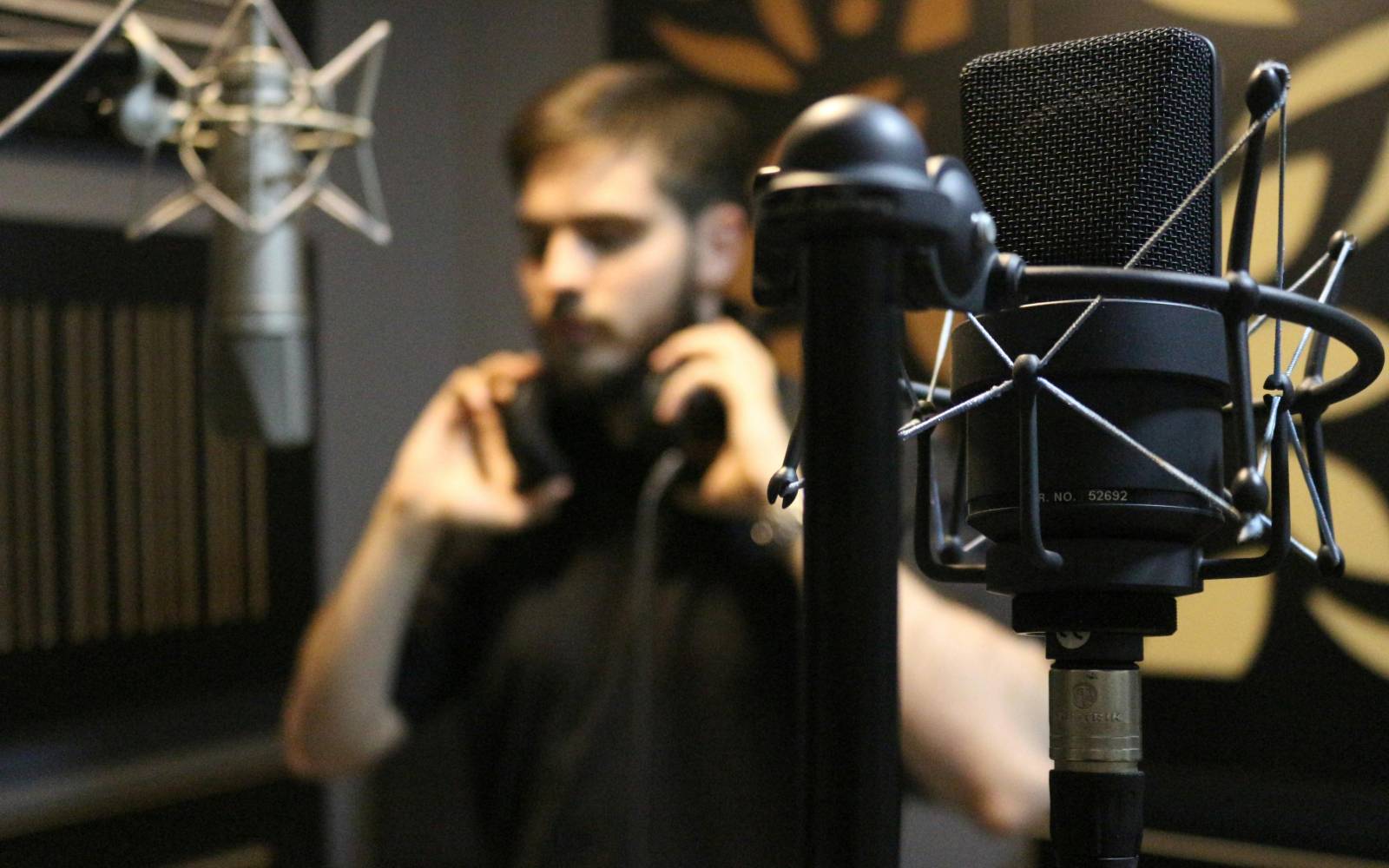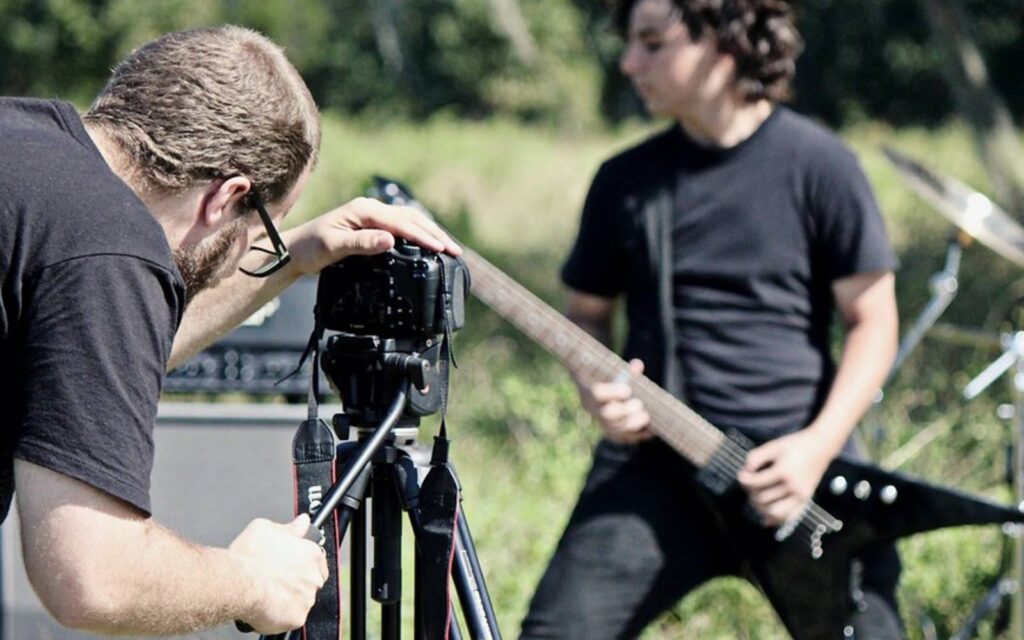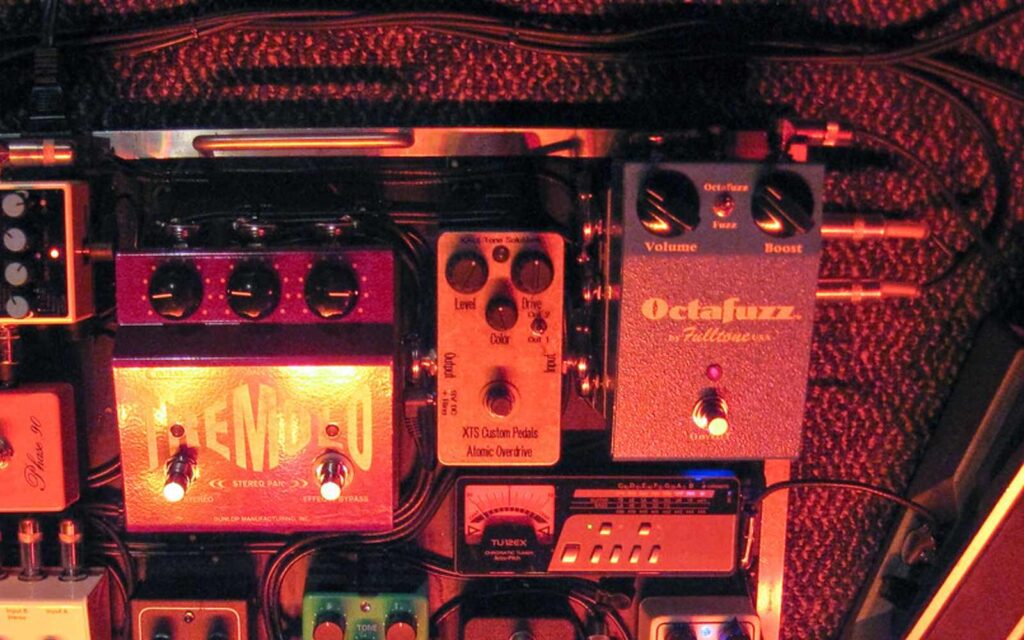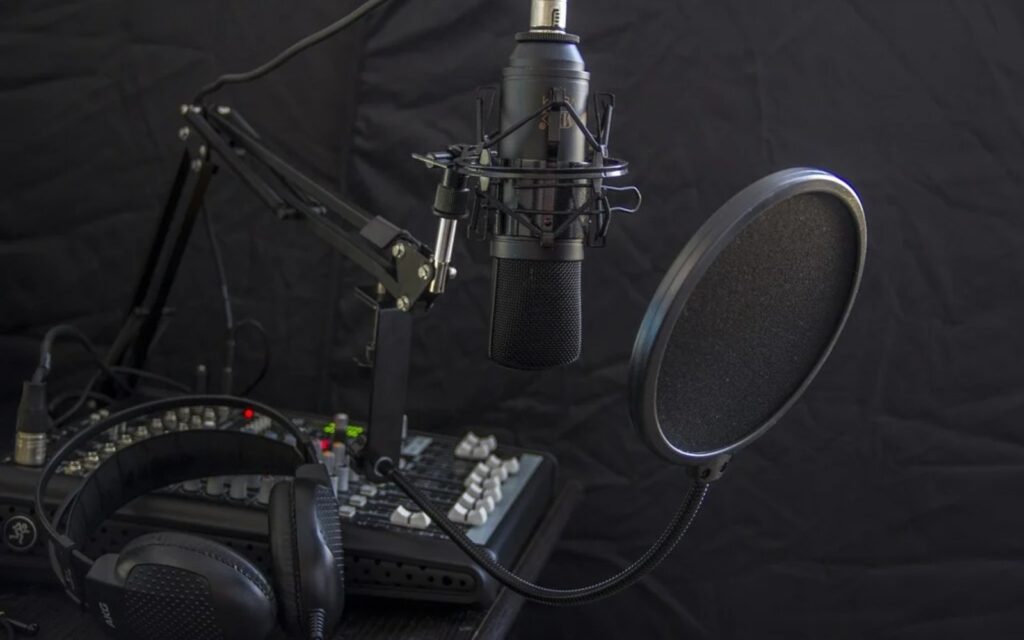With the rise of increasingly accessible, affordable and available studio equipment, home recording is probably the best sounding it's ever been. So how can you make it sound even better?
With studio convertors (interfaces), microphones and more providing great sound, as well as bang for buck, the only piece of the puzzle in our home recording studio that may be lacking is our recording technique. While it’s a mantra that rings true, “get it right at the source” has never been more obvious than now, a time where the lines are blurred between audio conversion quality, and the more budget-friendly gear providing great sound and equally good build quality. A plumber never blames their tools – and neither can home recording studio music producers!
To harness the most out of your newly acquired gear, here’s a few tips to help your home studio recordings sound as good as they can!
The Tea Break
Possibly one of the most important things you can do when recording vocals at your home studio is to stop and take a break before you even get started. Yes, I know that sounds a little odd, but you’ll find that the results speak for themselves. So, even before you start setting up the microphone, put the kettle on and make yourself a cup of black tea. Now, you can put that cup down and let it cool a little while you set up the rest of the equipment. Once it has that scolding edge takenoff, the warm tea will help you vocal chords work to their best when it comes to opening your lungs in front of the microphone. Cold drinks can make your vocal chords go into shock and milk can create phlegm that restricts your voice. But a warm, black tea will relax the vocal chords and get you ready to perform. So, take the time to step away from what you are doing even before you are doing it. Singing with vocal chords that are warmed up will not only improve your sound, but will protect them for further prolonged use.
Read up on all the latest features and columns here.
Stop The Pop
When it does come time to record, you do need to consider technique as you sing into the microphone and listen to how it is translated onto the recording. What we will be listening for is popping and sibilance. These two unwanted effects are the pain in any singer’s side when it comes to getting a great recording, but they can be dealt with simply and without much more than a pencil and a few inches of gaffer tape. So, it’s time to get your MacGyver on in the vocal booth to clean up the unwanted sounds.
The first thing I always do to reduce popping is to deal with the angle between the mouth and the microphone capsule. If the voice is coming directly out of the mouth and hitting the capsule at ninety degrees, you can get an initial slap on the capsule creating that dreaded popping sound we are so desperately trying to avoid. So, by rotating the microphone about 10 degrees so it isn’t pointing directly at the voice source, can allow for some slight deflection of the initial transient across the capsule and reduce the pop.
But, this is not always enough and more drastic measures need to be employed. Time to get out the gaffer tape and get to work. It’s quite simple really. Take a pencil and with the aforementioned tape or elastic band as pictured, affix it to the front of the microphone so that the pencil is running up the centre of the capsule. This will not be enough to muffle or reduce the sound in any way, but it will aid the airflow as it hits the capsule and deflect it from the very centre, stopping the capsule from recoiling so violently. It’s a simple trick, but it works extremely well and often produces better results than a lot of expensive pop filters can deliver.
Unfortunately, when trying to eliminate sibilance, it is a harder task and can often result in muffling the recording to remove the ‘s’ sound from the voice in certain words. Short of re-writing all your lyrics to try and avoid the use of the letter S and any soft sounding letter Cs, you really need to work hard on your annunciation when it comes to “de-essing” your vocals without heavily processing the sound. Clear annunciation after a cup of black tea will help in this area too!
Still keen for an automatic solution to your sibilance and unruly breathe and air on your mic’s capsule? iZotope have a great blog that covers de-essers. Read more here.







